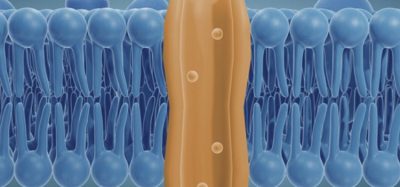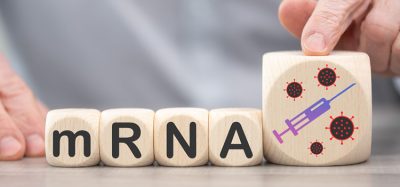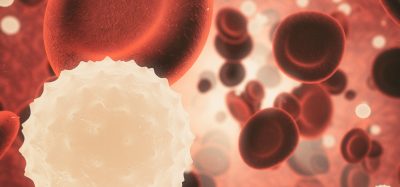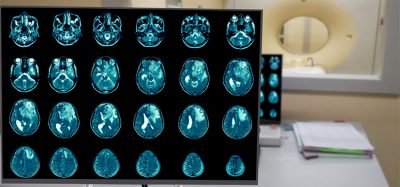Rare disease drugs get boost from new NICE guidelines
Posted: 16 September 2025 | Drug Target Review | No comments yet
NICE has raised the cost-effectiveness thresholds for ultra-rare disease drugs under its Highly Specialised Technology programme – a move welcomed by patient advocates and biotech leaders.


The National Institute for Health and Care Excellence (NICE) has increased the cost-effectiveness thresholds for medicines assessed under its Highly Specialised Technology (HST) programme.
NICE uses ‘quality-adjusted life years’ (QALYs) to determine whether a treatment represents value for money. For most medicines, the body’s guidelines set the threshold at £20,000–£30,000 per additional QALY, though there are exceptions.
From April 1st this year, the HST programme allows a far higher threshold of up to £300,000 per QALY for drugs designed to treat ultra-rare diseases.
Welcome change, but complexity remains
Dan Williams, CEO at SynaptixBio, which is developing a therapy for H-ABC – a rare, fatal and currently incurable disease – said the change is positive but the wider system is still difficult to navigate.
“I think everyone understands the need to balance the effectiveness of a drug against its cost, and that there needs to be some kind of metric against which judgements can be made, but it remains the case that some decisions are taken on a case-by-case basis so are open to interpretation,” he said.
Rare diseases face major barriers
The economics of rare disease medicines remain challenging. With small patient populations and high development costs, prices are typically far above those of standard therapies. As a result, these drugs often fail to meet conventional cost-effectiveness standards.
Currently, only 1 in 20 of the roughly 7,000 recognised rare diseases have an approved treatment available on the NHS.
Currently, only 1 in 20 of the roughly 7,000 recognised rare diseases have an approved treatment available on the NHS.
The challenges begin even before NICE assessment. A February report from the Association of the British Pharmaceutical Industry (ABPI) revealed that since 2018, only one quarter of rare or ultra-rare disease drugs approved by the Medicines and Healthcare products Regulatory Agency (MHRA) were submitted to NICE for evaluation. Clinical trial activity in rare diseases has also declined in recent years.
Small biotechs face resource drain
SynaptixBio is preparing to advance its lead candidate into clinical trials, but Williams highlighted the burden for smaller companies.
“We know first-hand how challenging it is to bring a rare disease drug to market, as we have just recently selected our development candidate for taking forward into clinical trials,” he said.
“The MHRA and NICE form vital parts of the system for ensuring drugs are safe, effective and economically viable. However, the process is very demanding and, for a small biotech like SynaptixBio, can be a serious drain on resources.”
Williams added that NICE’s criteria for HST eligibility remain open to interpretation: “The criteria applied by NICE for getting onto the HST pathway include the requirement that the drug is for a condition that is both ultra rare and debilitating, which despite their best attempts at defining must leave open the possibility of interpretation.
“There are sub-criteria, adding a requirement that the disease is a lifelong condition requiring continuous clinical support, and that it has an ‘exceptional negative impact’, concluding that these things will be judged on a case-by-case basis.”
Real-world implications
The UK Parliament recently highlighted the impact of the threshold changes. Its report noted: “For rare and ultra-rare diseases, NICE uses a cost-effectiveness threshold of £100,000 per quality-adjusted life year (QALY) gained. For very large health gains (e.g., >10 QALYs), this threshold can be adjusted upwards, potentially reaching £300,000 per QALY.”
Families often struggle for years just to get a diagnosis, then all too often must be told there is no effective treatment.
Williams welcomed any move to accelerate access for patients: “We are always very supportive of any initiative that improves the life-chances of people living with a rare disease.
“Families often struggle for years just to get a diagnosis, then all too often must be told there is no effective treatment. If ways can be found to accelerate the process, and reduce the costs and complexities associated with rare disease drug approvals, then everyone benefits.”
Related topics
Drug Development, Government, Legal & Compliance, Orphan drugs, Therapeutics
Related conditions
H-ABC, Ultra-rare Diseases
Related organisations
SynaptixBio, The National Institute for Health and Care Excellence (NICE)
Related people
Dan Williams (CEO at SynaptixBio)








